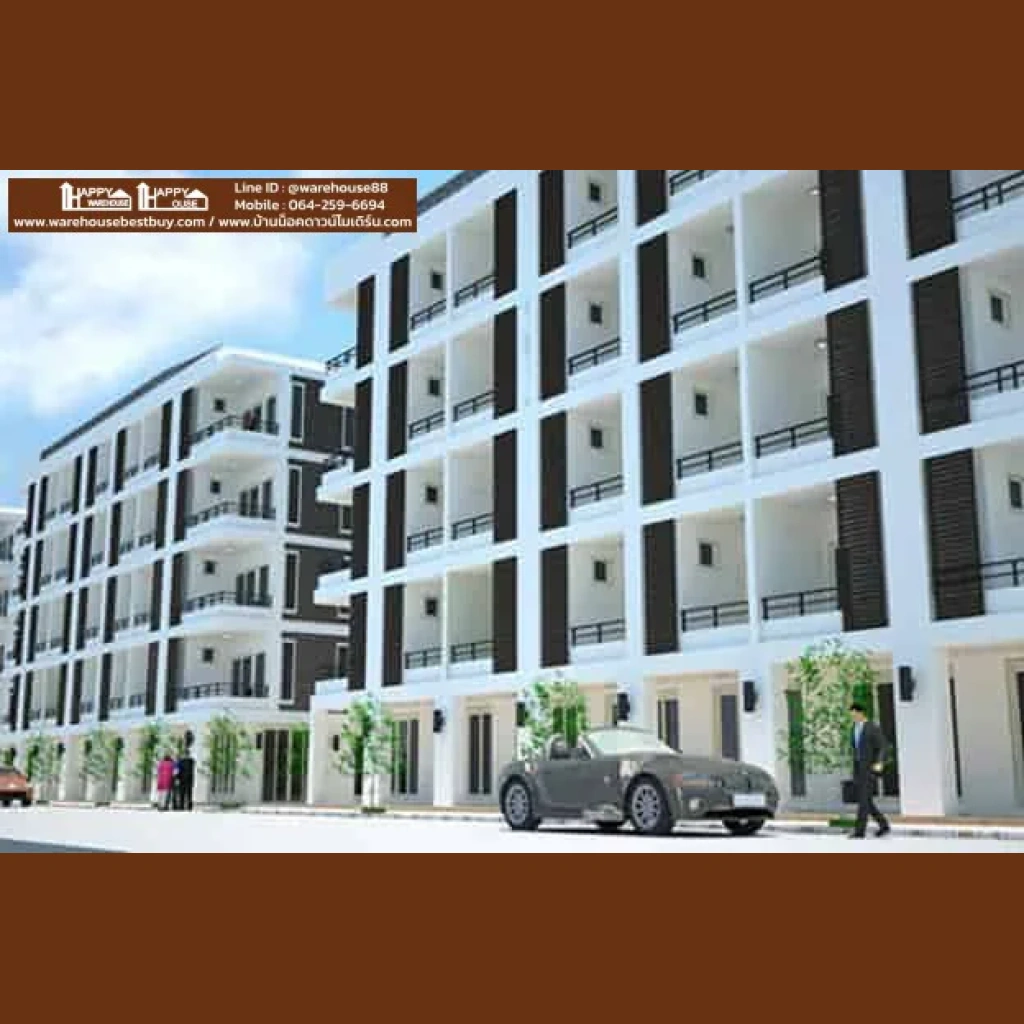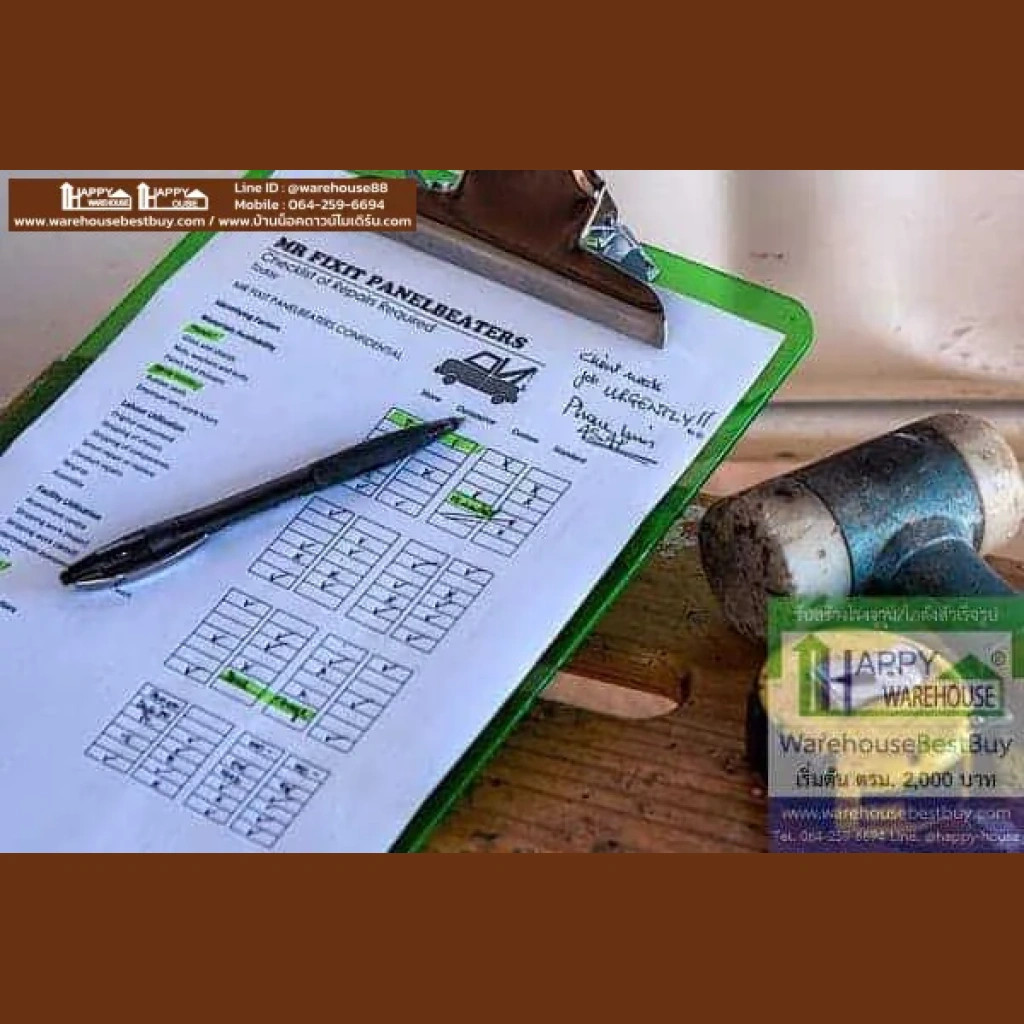Comparing the Strength of Slab on Ground vs. Slab on Beam: Choosing the Right Option for Your Construction
In construction, the strength and durability of the floor are crucial. Two common types of floors are Slab on Ground and Slab on Beam. Understanding their differences and respective advantages and disadvantages will help you make an informed decision.

Slab on Ground
A Slab on Ground is a concrete slab poured directly onto prepared ground. It is commonly used in residential buildings, small commercial structures, and other constructions where the load is evenly distributed.
Advantages of Slab on Ground:
- Lower Cost: This type of floor is simpler to construct, requiring less time and materials, making it more cost-effective.
- Good Heat Dissipation: Laying concrete directly on the ground allows for good heat dissipation, which can help keep buildings cooler.
- Strength and Durability: When properly prepared, Slab on Ground can support significant weight and resist wear and tear effectively.
Disadvantages of Slab on Ground:
- Risk of Settlement: If the ground is not adequately compacted or if soil conditions change, the slab can settle, leading to cracks.
- Water Seepage Control:** Controlling water seepage from the ground can be challenging, especially in areas with high groundwater levels.
Slab on Beam
A Slab on Beam involves placing the concrete slab on an elevated beam structure. This method is often used for buildings that need to support heavy loads or are situated on unstable ground.
Advantages of Slab on Beam:
- Higher Load Capacity: The elevated beam structure allows the floor to support heavier loads and distribute the weight more effectively.
- Reduced Settlement Issues: Since the slab is not directly on the ground, soil settlement does not affect its integrity.
- Better Water Seepage Control: Elevating the slab helps prevent water seepage into the floor and structure.
Disadvantages of Slab on Beam:
- Higher Cost: Constructing the beam structure increases the overall cost compared to Slab on Ground.
- Complex and Time-Consuming: The construction process is more complex and takes longer due to the need for a strong beam structure.
Conclusion
Choosing between Slab on Ground and Slab on Beam depends on various factors such as budget, load requirements, soil conditions, and local climate. Slab on Ground is suitable for structures that do not require heavy load-bearing and have a limited budget. In contrast, Slab on Beam is ideal for buildings that need high strength and durability.
Making the right choice ensures that your construction project will be strong, durable, and cost-effective in the long run.



